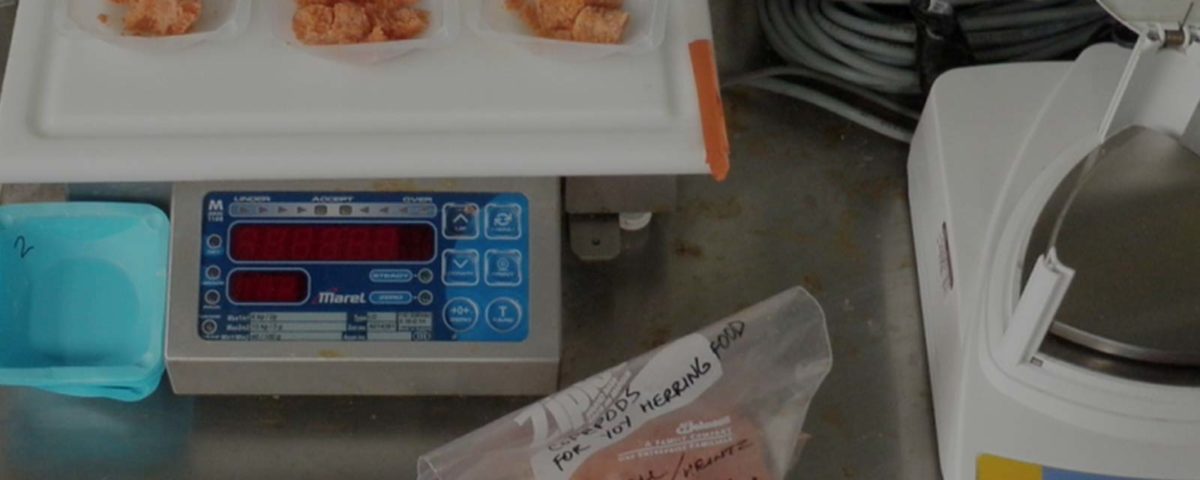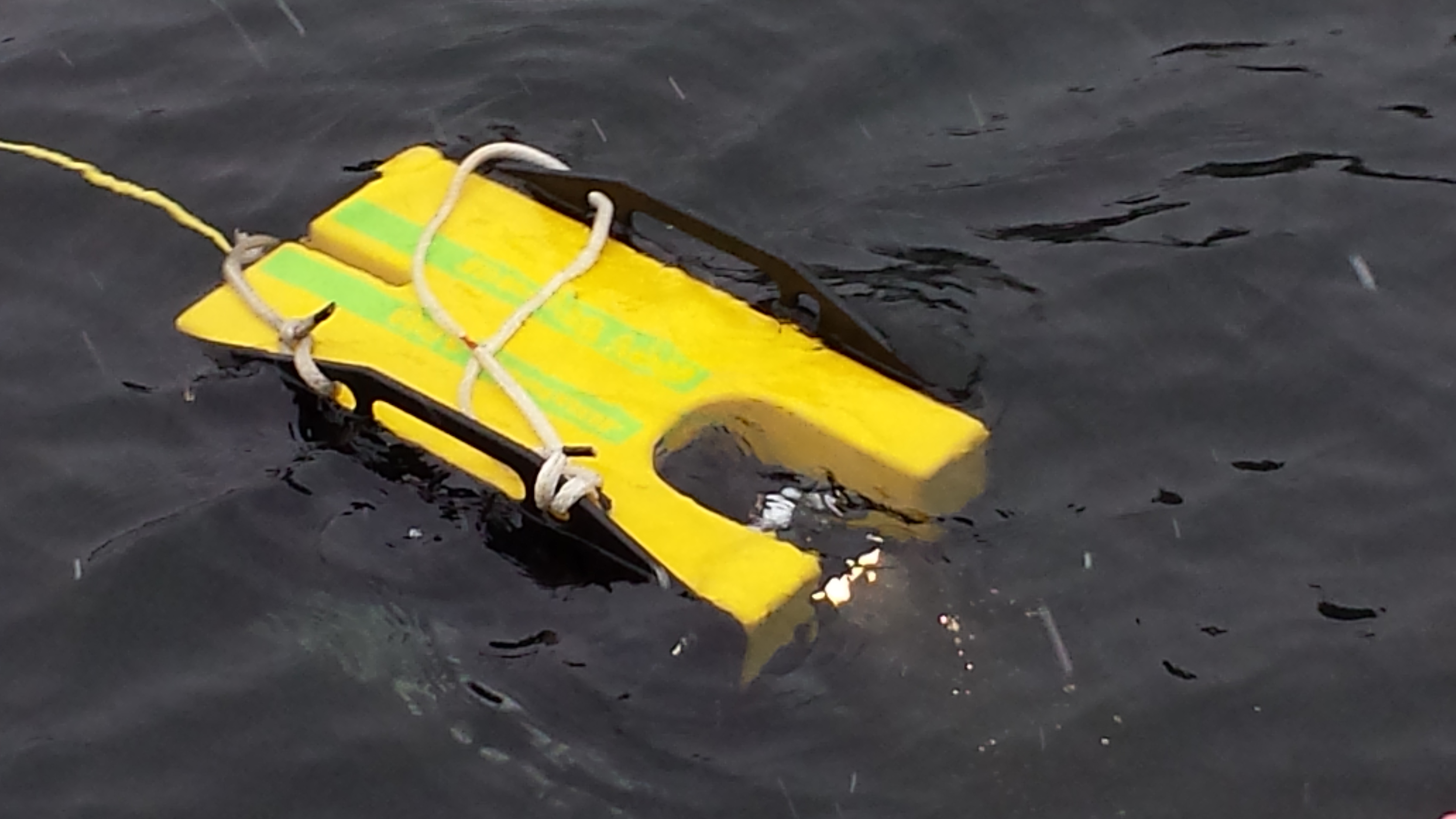Herring diet analysis

PROJECT
Herring diet analysis
Background
This project sought to determine if juvenile herring moved among bays to feed by analyzing fatty acids of the fish. Determining if fish moved between bays was important in developing an appropriate strategy for monitoring juvenile populations. The approach was based on the idea that the fatty acid compositions of fish are derived from the compositions of their diets, hence differences in composition reflect differences in diet. Fish foraging in the same places should encounter the same prey and consume the same diets. Thus, fatty acids can help understand the spatial scales at which juvenile herring should be monitored.
Methods
We evaluated the fatty acid compositions of juvenile herring from different locations and seasons in Prince William Sound to determine if fish were moving among bays. They included a laboratory study to simulate winter conditions so we could better interpret the data from the field. Fish were sampled in fall to establish a set of fatty acid compositions or signatures associated with different bays and then sampled again in spring to see where/if the signatures changed.
What we learned
In the laboratory, we found that diets clearly changed the fatty acid compositions of juvenile herring. They also observed that the fatty acid composition of fish that are not feeding remains the same. From field samples, we found that few individuals conserved their fatty acid compositions over winter. This result suggested that the fish were foraging through the winter. However, the data was very useful for determining where the juvenile herring were foraging within a season. From this, we deduced that it is unlikely that fish are moving between bays within season. Moreover, there was a hierarchical structure to the fatty acid compositions within bays, demonstrating a high degree of diet specialization. This likely develops out the complex set of factors that influence prey choice for predators such as competition.
PRINCIPAL INVESTIGATORS
Ron Heintz, Ph.D.NOAA
ron.heintz@noaa.gov




